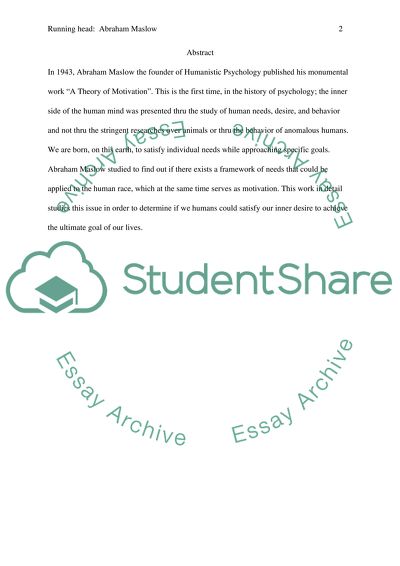Cite this document
(“Abraham Maslow Research Paper Example | Topics and Well Written Essays - 3750 words”, n.d.)
Retrieved from https://studentshare.org/education/1402378-abraham-maslow
Retrieved from https://studentshare.org/education/1402378-abraham-maslow
(Abraham Maslow Research Paper Example | Topics and Well Written Essays - 3750 Words)
https://studentshare.org/education/1402378-abraham-maslow.
https://studentshare.org/education/1402378-abraham-maslow.
“Abraham Maslow Research Paper Example | Topics and Well Written Essays - 3750 Words”, n.d. https://studentshare.org/education/1402378-abraham-maslow.


